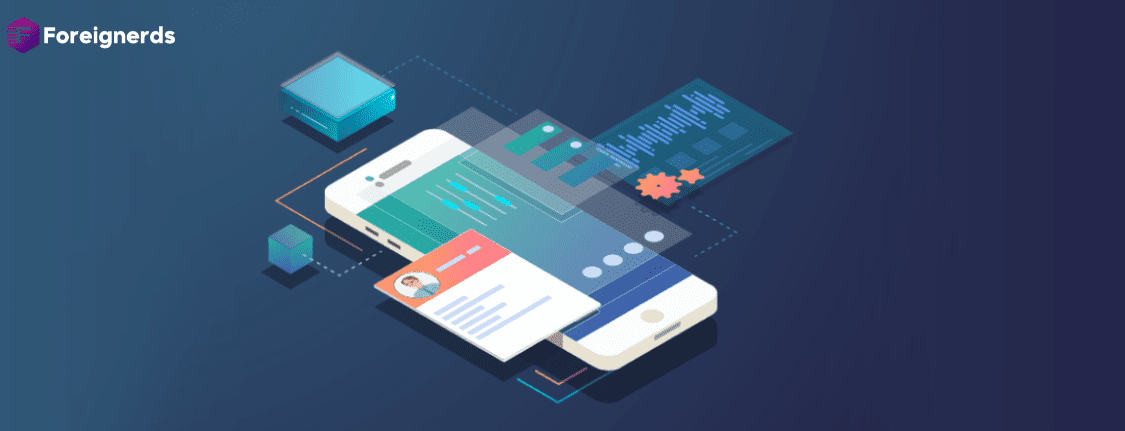- Home
- App Development Services
- Rapid Application Development (RAD) with OutSystems...

Rapid Application Development (RAD) is a dynamic and flexible software development approach that places a strong emphasis on ongoing software projects and user feedback, rather than rigid adherence to a predefined plan. It favors rapid prototyping over time-consuming planning processes, offering a malleable and adaptable approach to software development. This article will delve into the intricacies of RAD, its history, methodology, advantages, disadvantages, ideal use cases, and its relationship with agile development. Additionally, we’ll explore the tools and technologies that support RAD, with a special focus on OutSystems and its role in enabling rapid application development.
The concept of RAD was born in the 1980s when visionary individuals like Barry Boehm and James Martin recognized the inherent flexibility of software. They realized that software was not a rigid, unchangeable entity but rather a pliable and adaptable resource. This led to the development of RAD methodologies, including the Spiral Model and the James Martin RAD model. Over time, RAD has continued to evolve and has paved the way for modern agile development practices.
While specific practices and tools may vary between different RAD methods, the core phases of rapid application development remain consistent:
RAD offers several advantages that make it an attractive choice for specific types of projects:
While RAD offers many advantages, it’s not suitable for all projects. Here are some factors to consider before opting for RAD:
RAD and agile are often compared, but they are not the same. While RAD is a software development methodology, agile is more of a philosophy than a specific methodology. Agile encompasses a broader set of principles and practices that guide software development. However, RAD served as a precursor to agile and shares some common elements, such as iterative development and a focus on user feedback.
RAD is not tied to specific tools or languages but can benefit from tools that support rapid prototyping, development, and feedback collection. Design and prototyping tools, such as Webflow, enable the rapid creation of interactive designs and functional prototypes, aiding the RAD process.
OutSystems is a robust low-code application platform that extends beyond a basic low-code tool. It provides a comprehensive solution for rapid application development by offering features like hosting, dynamic scaling, release automation, performance monitoring, user management, and version control. At its core, OutSystems delivers a powerful development environment that combines low-code technology with the flexibility and expressiveness of traditional development. This empowers both IT-adjacent professionals and veteran IT experts to build enterprise-grade web and mobile applications rapidly.
Rapid Application Development is a versatile approach that prioritizes flexibility, user feedback, and iterative development. While not suitable for all projects, RAD is a valuable methodology for delivering high-quality software quickly and efficiently. When supported by the right tools and platforms, such as OutSystems, RAD can enable organizations to stay agile and responsive in a fast-paced digital landscape. By understanding the principles and best practices of RAD, development teams can harness its power to create outstanding software products that meet the evolving needs of their clients and end-users.
© 2013 - 2024 Foreignerds. All Rights Reserved